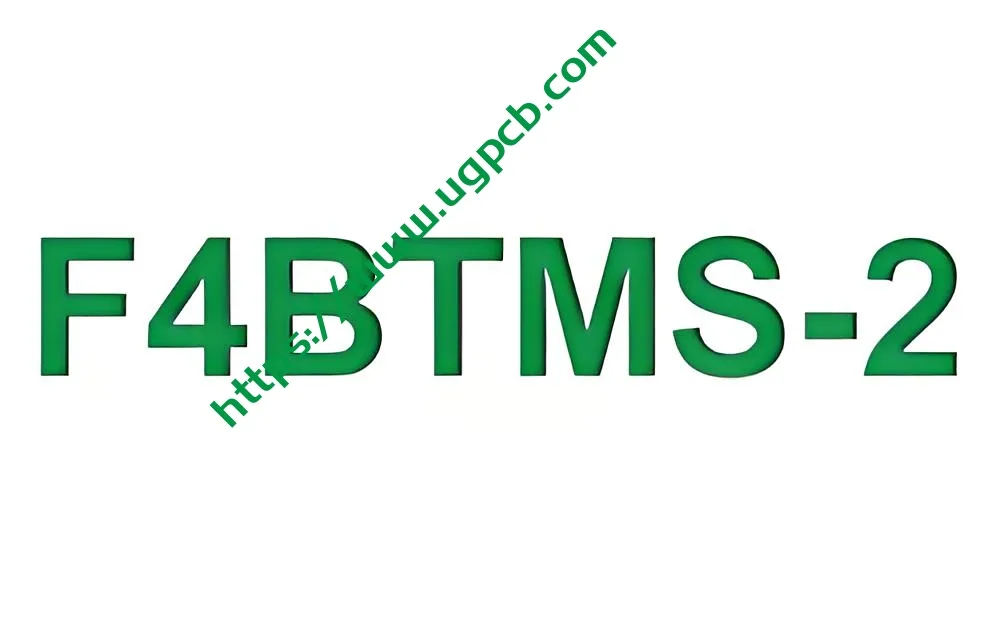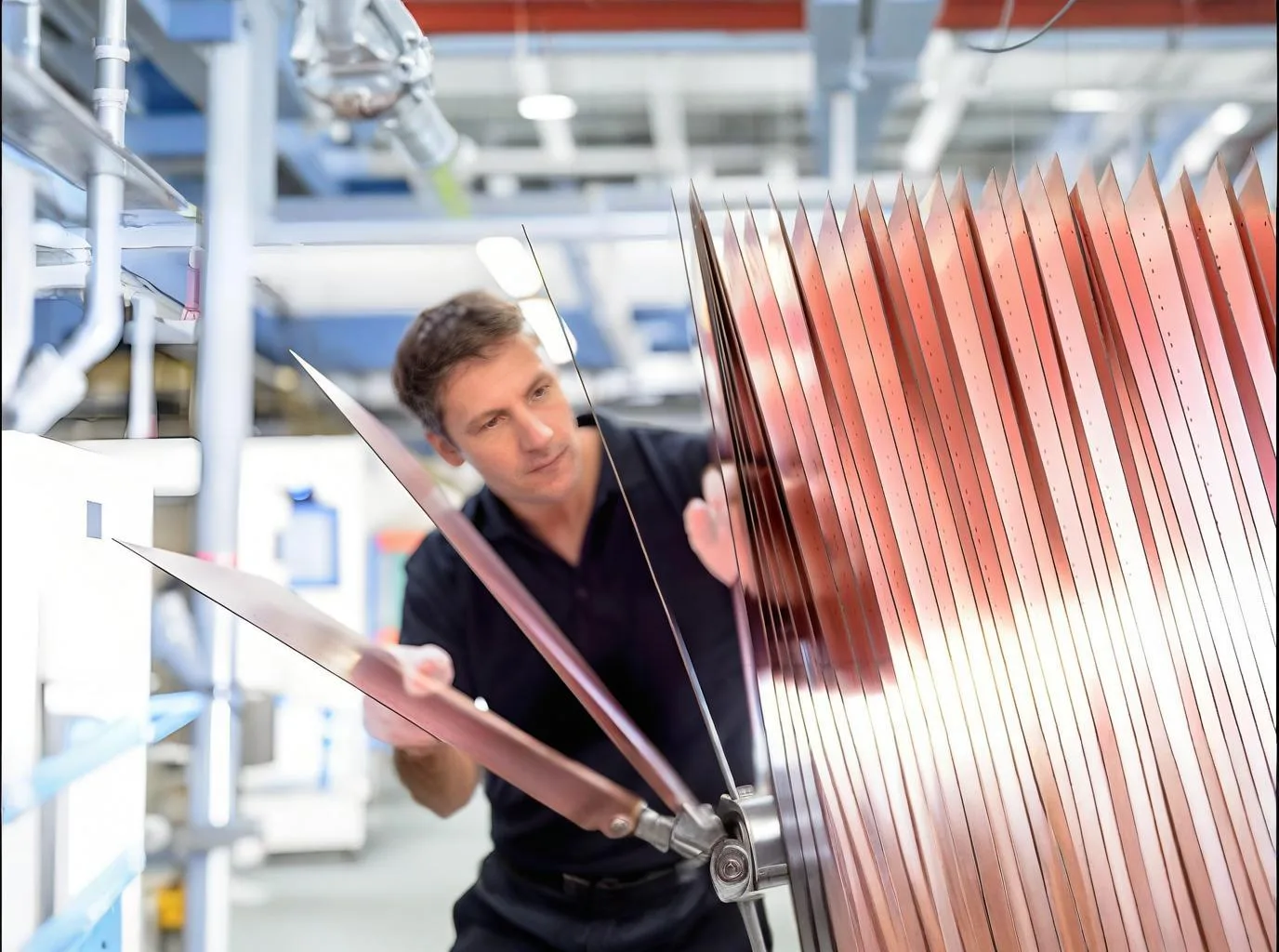Introduction to F4BTMS-2
F4BTMS-2 is a type of PTFE (politetrafluoroetileno) placa de circuito impreso (tarjeta de circuito impreso) composite material. It consists of ultra-thin woven fiberglass that has been reinforced with nano-ceramic fillers, following a scientific formulation and strict process control. This material represents an improvement over the original PTFE copper-clad laminates in terms of both material composition and manufacturing process. The minimal content of fiberglass allows it to serve as a replacement for similar high-frequency circuit materials found abroad.

Physical and Electrical Properties
Apariencia y tipos
The appearance of F4BTMS-2 meets the specification requirements set by national and military standards for microwave PCB laminates. The types available are categorized under F4BTMS-2.
Constante dieléctrica
The dielectric constant of F4BTMS-2 varies depending on the model, with options including 2.2±0.03, 2.65± 0.04, 2.94± 0.04, and 3.0±0.04.
Dimensions and Tolerances
F4BTMS-2 comes in various standard dimensions such as 305X460 mm, 460X610 mm, 500X600 mm, and 460X1220 mm. Los tamaños personalizados también están disponibles a pedido. The thickness options range from 0.127 mm a 2.29 milímetros, with specific tolerances associated with each thickness level.
Copper Foil Options
Customers can choose between different thicknesses and types of copper foil, including ED, VLP foil, HVLP foil, y 50 W resistive foil, with thicknesses of either 0.5 OZ or 1 ONZ.
Mechanical and Thermal Properties
The mechanical strength of F4BTMS-2, measured by peel strength for a 1oz copper layer, exceeds 15N/cm. Its thermal stress resistance is demonstrated by the ability to withstand tin dipping at 280°C for 10 artículos de segunda clase, repeated three times, without delamination or blistering.
Propiedades químicas y eléctricas
F4BTMS-2 can be chemically etched using standard PCB methods without altering its dielectric properties. Its density varies based on the dielectric constant model, que van desde 2.18 g/cm³ for DK2.2 to 2.3 g/cm³ for DK2.94 and 3.0 models. The moisture absorption after 24 hours in distilled water at 20±2°C is only 0.02%.
Operating temperatures range from -50°C to +260°C. The thermal conductivity is 0.72 W/m/k, and the coefficient of thermal expansion (CTE) varies by model and direction, with values ranging from 10 ppm/°C to 35 ppm/°C for different directions and temperature ranges. The shrinkage factor after two hours in boiling water is less than 0.0002%. Both surface and volume resistivities are exceptionally high, ensuring excellent electrical insulation properties.
Advantages and Applications
Características clave
F4BTMS-2 boasts several key features: excellent consistency in dielectric constant and low dissipation factor, improved stability with temperature and frequency changes, reduced coefficient of thermal expansion in all directions, consistent thermal expansion in the X/Y plane, increasing thermal conductivity, good dimensional stability, an appealing appearance with a smooth surface, suitability for high-frequency multilayer laminates, and outstanding heat resistance and adhesion properties.
Intended Uses
Due to its superior properties, F4BTMS-2 is ideal for use in aerospace devices, high-reliability equipment, sistemas de radar militares, phased array antennas, feed network antennas, satellite communication equipment, passive components, base station antennas, ground and air radar systems, GPS antennas, Planes de retroceso, multilayer PCBs, and bunching networks.
 UGPCB LOGO
UGPCB LOGO

